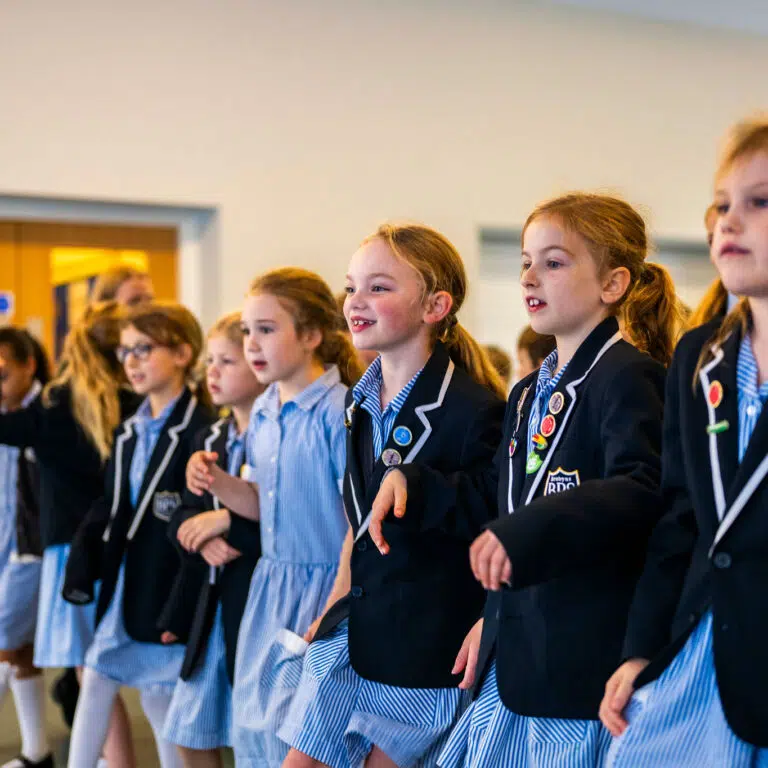Our modern form of cursive handwriting is usually credited to 15th-century Italian Niccolo Niccoli. His unique script evolved over time into what we now call italics. However, forms of cursive writing had been in use long before. Some date back to the ancient Egyptians, Romans and Greeks.
So important is this skill to master that the children at Brabyns learn to develop their precursive style as soon as they start Year 1 in the Autumn Term.
The origins of the cursive method are associated with practical advantages of writing speed and infrequent pen-lifting to accommodate the limitations of the quill. Quills are fragile, easily broken and will spatter unless used properly. Nowadays, the cursive style compliments speed writing and spelling strategies.
The children begin their pre-cursive letter writing journey by studying how to recreate Harriet the Cow letter family which are l,t,b,h,k. Once these letters have started to be established in their daily writing the children move onto Rupert the White Sheep letter family, which include the letters i,j,m,n,p,r,u,y. This has now taken us half way through the alphabet and the children are becoming more confident with their pencil marking skills. Using handwriting books with the appropriate lines has enabled the children to uniform the size of each letter instantly.
Georgia the Pig’s letter family incorporates the letters c,a,d,q,o,s and after mastering those the children finally embrace the Zac the Grey Sheep letter family, e,v, w, x, z. The one letter that doesn’t have a family is the letter f. I think it must be the black sheep letter of the family! Our Brabyns cursive script has a rather beautiful letter ‘f’, it takes a little while to perfect but once the children have done they never forget it.
Receiving their pen licence and a new badge to adorn their blazer is a small token gesture compared to the lifetime of happiness being able to write elegantly gives.




